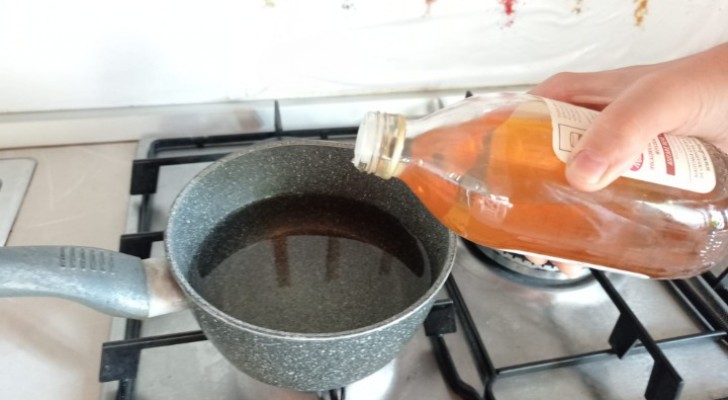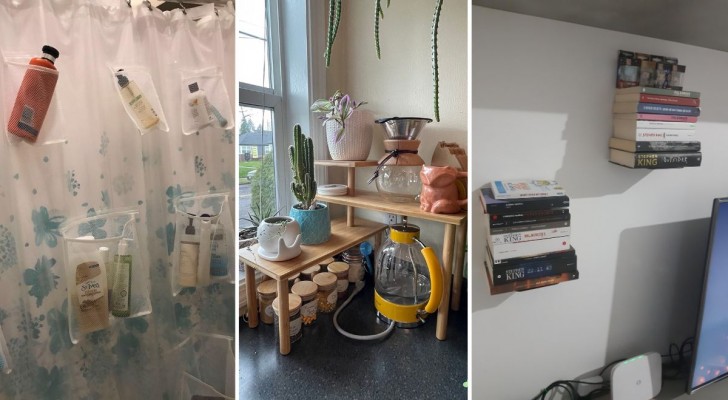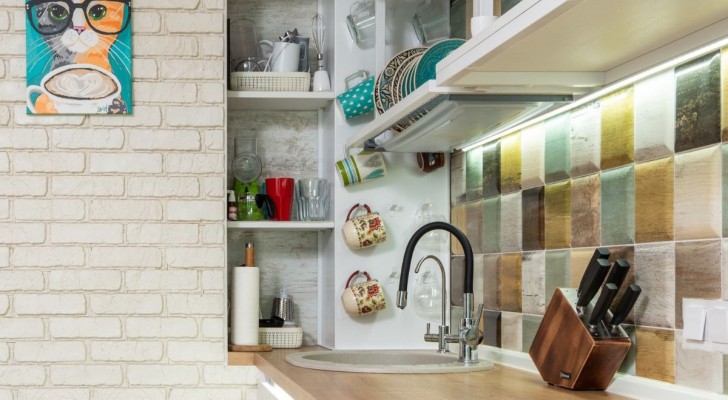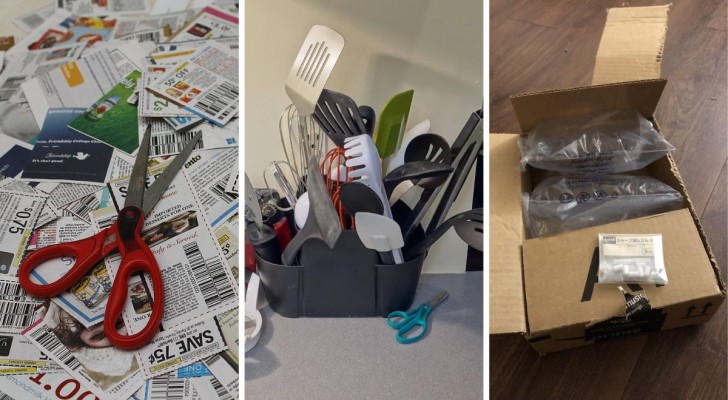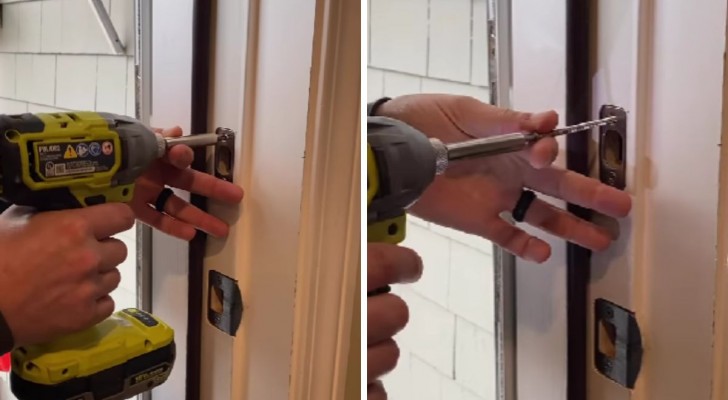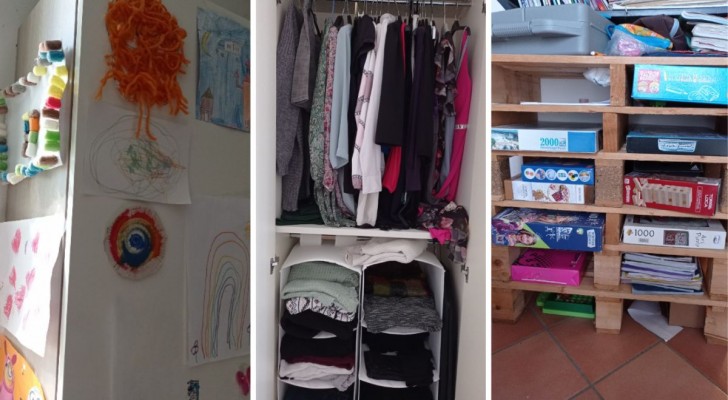Mold in the home: Try these methods to eliminate it in the various corners of the home
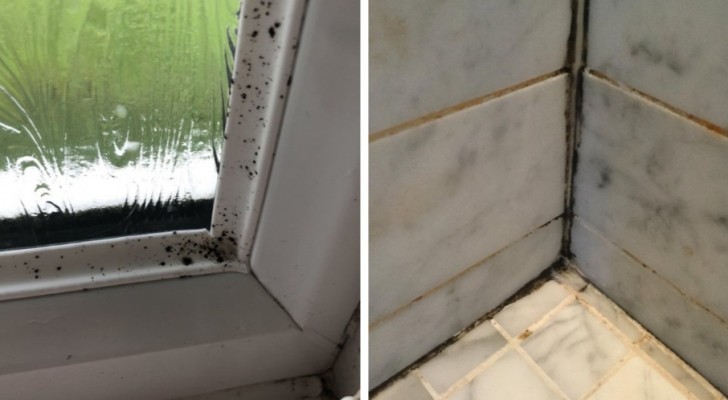
The appearance of mold in the home is certainly never welcomed, and many different factors can cause this phenomenon. In any case, when you notice stains on walls and furniture - often accompanied by unpleasant smells - it is time to take action to restore a healthy living environment. The first thing to do whenever you notice mold in your home, is to try to figure out what could have caused it. If you are dealing with serious causes such as leaks, poor insulation or faulty fixtures, you may have to get professionals to deal with problem.
On the other hand, there could also be less serious causes, such as poor ventilation of the environment, or bad habits that cause humidity to accumulate in the house (such as leaving clothes to dry on clothes racks in closed rooms, not using dehumidifiers or fans and so on). In these cases, you can take action to eliminate the mold and its spores. Let's see how to do this:

Around window frames: get a 1-liter spray bottle, filling it up three-quarters with water. Add 60 ml of hydrogen peroxide and two tablespoons of baking soda. Close, shake very well and spray on the moldy spots. Let it act for a few minutes and then rub it off with a sponge, rinsing the sponge out very well between one pass and the next. When you no longer see any dirt or mold, spray pure hydrogen peroxide on the general area, and leave it to act until it dries (but keeping the windows open for ventilation).
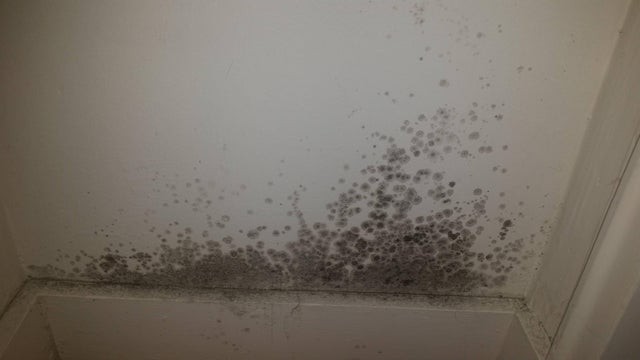
Ceilings and walls: generally, these are covered with plaster, and you can use a mixture similar to that described above for windows. We will need a ladder and a mop (perhaps a mop that is made for walls). The important thing is to always rinse every tool or cloth you use thoroughly afterward, to avoid spreading mold spores. Remember to ventilate the room well during the cleaning and especially afterwards - always wearing respiratory protection and gloves - which you will throw away after finishing the job.
Alternatively, there are those who replace the hydrogen peroxide with white vinegar. This will also work against mold, but it's a little less effective, so you will need to leave it on for longer before rinsing off.

In bathrooms: mold appears more easily in this environment, because they are rarely well-ventilated and exposed to natural light (the sun's rays, in fact, helps prevent the formation of mold and fungi). So, in addition to making sure you keep the ventilation fans on, or windows and doors open after taking a shower, it's a good idea to avoid leaving damp towels and other damp items in the bathroom.
When you see mold appearing - especially in the dark corners and near the shower or bathtub - you can employ the cleaning methods described above. But if you also have to clean ceramics and sanitary ware, use bleach. Regular bleach is quite powerful and can be left to act for 15 or 20 minutes (increase this waiting time if you use a delicate bleach type). Always remember to rinse off thoroughly and let everything dry out thoroughly.
All the tools used to do this type of cleaning must be washed at high temperature (and perhaps with the addition of hydrogen peroxide or delicate bleach). If not possible, throw the items away.
